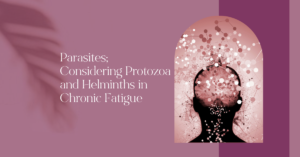One of the first stages of recovering from chronic fatigue or burnout is to support your nervous system. The term “Nervous System Regulation” is constantly plastered all over social media and there are many people talking about and whole programs dedicated to Trauma, Somatics and Nervous System Self Care.
Here are the basics of what you may want to know…
The nervous system is a complex network and nerves and cells that carry messages to and from the brain. The nervous system relays information about the body and the organ systems to the brain and it can relay information from the brain back down to the body.
It is through the activation of the nervous system that we respond to threat or stress. Your body, via your Autonomic Nervous System (ANS), is constantly scanning for threat and if threat is detected, you may elicit any one of 4 survival responses:
- Fawn
- Flight
- Fight
- Freeze
As we move throughout our daily lives, it is normal to experience a rise and fall of nervous system activation. We may feel more relaxed at times and be operating primarily in the ventral vagal parasympathetic branch of the ANS, responsible for rest, restoration and repair.
We may feel more activated or “stressed” at times and be operating more from a place of activation of the Sympathetic branch of the ANS responsible for fight or flight. If the level of activation or threat becomes very overwhelming we may enter a freeze response which is a parasympathetic state, but the dorsal vagal branch.
In a healthy person, levels of activation change naturally throughout the day as we interact and respond to the world around us. It is normal and healthy to enter states of fight, flight and freeze in response to danger or threats. And a well regulated system is also able to return to a healthy baseline once the danger or threat has passed.
The challenge and cost to health and wellbeing comes when we spend too much time in states of high activation due to the nature of our lifestyle OR we enter survival physiology and find it difficult to come back into a state of regulation.
Over time, the vagus nerve which is responsible for maintaining the parasympathetic branch of the ANS, loses its tone and even small things can feel incredibly stressful to the system; this is referred to as a narrowing of the window of tolerance.
In some cases the window of tolerance can become so narrow that the individual is operating in a constant state of fight or flight and the only way that any form of rest can be accessed is through freeze or shut down. This is known as the faux window of tolerance.
The cost of living in constant survival physiology is that resources are prioritised towards threat and danger and away from the rest, recovery and repair which are essential to health. This may manifest in fatigue, nutrient deficiencies, digestive issues, chronic pain, immune system dysregulation and hormonal imbalances to name a few.
So how do we help the body find a better state of regulation?
- Slow Down
The first stage of change is awareness and we cannot become aware until we slow down enough to notice what is happening. Granted, slowing down can feel very unsafe to a hypervigilant system so slow down slowly, even if it is for a few minutes each day, and begin to notice what is happening.
- Attunement

Attunement is the essence of healing. It means “to bring into harmony” and in the context of nervous system regulation it means noticing what the body needs moment by moment. This is not what you “think you need” but attunement happens when you begin to become aware of the body’s sensations and emotional energies and hold space for them. “Holding space” means allowing them to be. To experience them withour judgement or trying to change them. It is the foundation of nervous system care and something that I work on with all of my clients.
I liken attunement to learning the language of the body. The sensations and the emotions of the body are communication, they tell us what we really need. As with all languages, the more you practise, the better your vocabulary will become as will your attunement to yourself.
- Learn To Meet Your Needs
Easier said than done. Much stress and trauma is created because needs went unmet. Things that should never have happened did, and things that should have happened, didn’t.
It is common in chronic conditions like CFS/ME that the individual has denied their needs and pushed past them for too long. Much of the journey to healing is learning to feel safe to honour one’s own needs.
Your nervous system is interfacing with the environment you bathe yourself in, every moment of every day…
What you eat, what time you spend in nature, exposure to daylight, the people around you, the activities you engage in, the things you make yourself do that you don’t want to be doing or the things you want to do but never give yourself permission to do; these are all influencing your nervous system and part of healing is building a life that supports the health and safety of your system. Yes, you can do breathing and somatic exercises, but the bigger picture must also be supportive of your healing.
Yes, you can do breathing, somatic exercises and ice plunges! But the bigger picture must also be supportive of your healing.
When you are better attuned to your body and you have the spaciousness for change, you can begin to notice what helps your nervous system feel more open and settled. From this place, you can consciously fill your life with more experiences that support this feeling.
- Brain Retraining
Although 90% of ANS communication is afferent (from body to brain), a small percentage is efferent or brain to body. Sometimes we can be our own threat due to conditioned ways of thinking and believing that cause hidden stress. This is where Neuro-linguistic Programming (NLP), journaling, affirmations and other “mindset work” can be helpful.
However, there is a saying that goes; story follows state.
This means that the state of the nervous system defines the stories we tell ourselves and essentially the beliefs and thinking that define our behaviour. Therefore, I prefer to integrate top-down work with bottom-up work as I find this is how we really get new beliefs and ways of thinking to land and “stick” in the body.
Before I teach “brain-retraining” techniques to my clients I first teach them how to resource their nervous systems and build what is known as “the counter vortex”. The counter vortex acts in opposition to the trauma-vortex, which is synonymous with the dysregulation we may experience as part of a fatigue or health condition.
- Somatics & Somatic Experiencing
Somatics is any practice that uses the mind-body connection to help you survey your internal self. It allows you hear the signals your body sends about its current nervous system state, this could include pain, discomfort, or imbalance.
Somatic practices are based on interoception which is the process by which we notice our internal state. Somatic practises often have the goal to shift the state to a more favourable or regulated one.
Somatic Experiencing is a specific practice which requires a high level of training developed by Peter Levine. The purpose of somatic experiencing is to safely release and integrate shock and survival energies stuck in the body due to trauma and chronic stress. It can be useful to help individuals process the survival energy of specific events and also to help build the individual’s ability to tolerate stress and widen their window of tolerance.
Where somatic practises are more generalised, somatic experiencing is more specific to the needs of the individual. For example; a somatic practices may be taught to “discharge the energy of anger” (e.g. pushing into a wall or screaming into a pillow) but somatic experiencing will be able to discern how a person’s nervous system specifically wants to integrate the survival energy e.g. they may want to make a very different movement or sound.
For this reason, a higher level of integration and resolution can often be achieved through somatic experiencing and in some cases, somatic practices, when inappropriately attuned, can increase survival energy in the system – which is why building a baseline of attunement and resourcefulness is incredibly important.
Example: If you recently watched the latest season of celebrity SAS 2023, World Champion Boxer Shannon Courtenay broke down in sobs of tears after the “Red Man” healthy aggression challenge. The exercise had elevated so much unintegrated anger in her system that she became overwhelmed by the “fight survival energy” and entered more of a shut down / freeze state. This was not a helpful exercise for her to integrate or discharge her anger.
- Hormetic Stressors

Hormetic stressors are dose dependent stressors that create a small inflammatory response in the brain that creates an anti-inflammatory response in the body. They challenge the nervous system and can be fantastic tools for building the system’s capacity to tolerate stress. Many things can offer this dose dependent response including:
- Movement / Exercise
- Cold Stress
- Heat Stress
- Hypoxia (poor oxygen availability)
- Fasting / Calorie Restriction
- Cognitive stress (mental stress)
It is beyond the scope of this blog to go into each in more detail, but what you may want to know for now is that these tools are best applied when you have a certain degree of resourcefulness in your nervous system.
Hormetic stressors are stress and when applied to a life, body and nervous system which isn’t grounded in attunement and resourcefulness, it is easy to do too much. My preference is to use these as “capacity builders” once a certain degree of resilience has been attained.
Where to from here?
Nervous system regulation is a long game, but very much a game worth playing. Due to the very nature of it, it cannot be rushed or forced. It can take 6 weeks of consistent commitment to begin to notice changes in how your body responds although some of the acute benefits may be immediate.
The part of us that loves structure and order likes the idea of “Six Steps” but the reality is that all nervous system are different and the process is nuanced. Therefore, if you would like to learn the nuance of your own system in a supportive environment, I am delighted to announce that I will be running a new group program; Nurturing Reslience – a 12 week nervous system nourishment program for women with CFS/ME, burnout and fatigue.
This course will cover all aspects discussed in this blog (and more). As this is the first time I am running the course I am inviting beta testers to join at a reduce rate. If you would like to be part of the program (which starts on the 7th November), you can join here.









